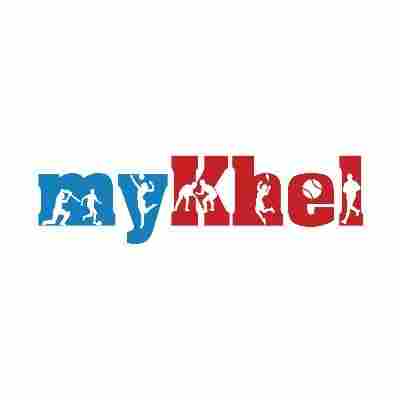Locker's Hidden Risks
Bank lockers, while seemingly secure, come with hidden risks that many customers overlook. Banks themselves do not insure the contents of these lockers.
This means if theft, fire, or accidental damage occurs, the bank isn't automatically liable for your losses. Without a separate insurance policy, you could be left with significant financial setbacks. It's crucial to understand this critical gap in coverage and take proactive measures to safeguard your valuables. In the event of unforeseen incidents like natural disasters or theft, the bank's responsibility is limited if negligence on their part can’t be established. This stems from contractual agreements outlining the responsibilities of both the bank and the customer, underlining the need for customers to bear the primary responsibility for insuring their valuable assets stored in lockers. Therefore, relying solely on the bank's security measures isn't enough; you must secure independent insurance.
Protecting Your Assets
To fully protect your valuables, separate jewellery insurance is essential. These policies offer financial protection against various risks, including theft, fire, and accidental damage. Moreover, taking some additional steps helps streamline the claims process. It is advisable to maintain a detailed inventory of your jewellery, along with clear photographs and purchase bills. This documentation helps provide evidence of your possessions to the insurance provider, ensuring a smoother and faster claim settlement process. It's also important to regularly visit your locker, at least once a year. This helps ensure that the locker remains active and compliant with bank regulations, providing uninterrupted access to your stored valuables. Also, remember that gold kept at home faces significant risks, like theft or accidental loss, which are more common compared to those in a bank locker.
Bank's Liability Explained
Banks aren't responsible for the contents of their lockers, even with increased banking regulations. This is because banks don't know what customers keep inside, and they do not provide insurance or guarantee against loss. The Supreme Court ruling from 2005 mandates banks to exercise due diligence. If theft or loss occurs due to bank staff negligence or security lapses, customers must be compensated. However, if the incident results from other factors like a natural disaster, fire, or theft where the bank is not negligent, they are not legally responsible. This is because locker rentals are based on contracts that specify obligations for both the bank and the customer. This distinction underscores the importance of having your insurance to cover potential losses and understanding the legal limitations of the bank's liability.
Locker Rules and Security
Banks adhere to specific security protocols to protect lockers. These include CCTV surveillance, restricted access, double-key operations, and regular monitoring. Customers must adhere to certain rules to maintain the safety of their valuables. As long as customers operate their lockers regularly, pay rent on time, and keep their accounts active, their contractual rights are protected. Banks cannot access a locker without following specific procedures, including issuing a written notice and observing a mandatory waiting period before taking any action. These rules and security measures offer a degree of protection, but they don't replace the need for personal insurance. Understanding both the security measures and your obligations is vital for keeping your valuables secure.
















